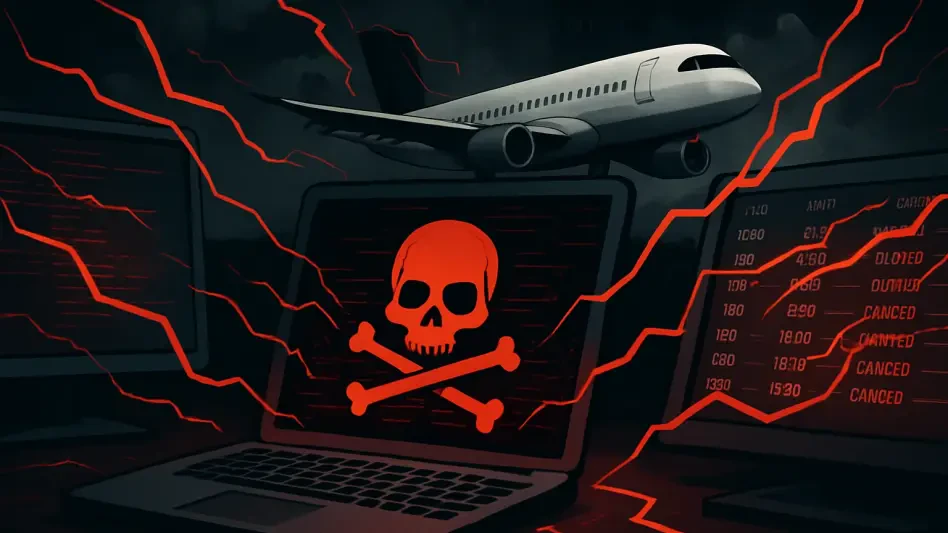The increasing complexity and frequency of cyberattacks have driven organizations to seek more advanced capabilities for investigating and mitigating security incidents. This rising need has significantly boosted the demand for digital forensics services and tools. Digital forensics involves the identification, preservation, analysis, and presentation of digital evidence. It plays a crucial role in addressing cybercrimes, data breaches, and other digital misconduct. As organizations face ever-evolving cyber threats, the Digital Forensics as a Service (DFaaS) industry has emerged as a critical component in ensuring cybersecurity resilience. From analyzing compromised networks to retrieving lost data, digital forensics is now indispensable in the dynamic landscape of cybersecurity.
Market Segmentation and Analysis
One of the primary methods of understanding the digital forensics market is through segmentation by product type and application. The market is broadly divided into two major product categories: Incident Response and Data Recovery. Incident Response services are critical for quickly tackling cyber incidents, minimizing damage, and identifying the source of threats. They allow organizations to promptly react to security breaches and mitigate further damage. Data Recovery focuses on retrieving lost or compromised data, which is essential for maintaining business continuity and minimizing operational disruptions. Both of these service types form the backbone of the market and are vital for organizations facing or recovering from cybersecurity incidents.
In terms of application, the digital forensics market extends across various sectors, including Enterprises, Law Enforcement, Government, and Others. Enterprises, encompassing both large corporations and small-to-medium businesses, rely heavily on digital forensics to protect sensitive data and ensure business operations remain secure. Law Enforcement agencies use digital forensics to investigate cybercrimes, gather evidence, and support legal proceedings. Government bodies also leverage these services to safeguard national security and critical infrastructure. Each of these sectors presents distinct challenges and requirements, driving the development and specialization of digital forensics solutions tailored to specific needs.
Regional Insights and Growth Drivers
When examining the digital forensics market on a global scale, regional differences reveal distinct growth patterns and opportunities. North America has been a frontrunner in adopting advanced cybersecurity measures, driven by a robust regulatory framework and a high incidence of cyberattacks. The presence of key market players and technological advancements further strengthen the market in this region. Europe also shows significant growth, emphasized by stringent data protection regulations, such as the General Data Protection Regulation (GDPR), which mandates rigorous cybersecurity measures and data breach reporting requirements. These regulatory demands have spurred greater investment in digital forensics solutions across the continent.
The Asia-Pacific region is witnessing rapid expansion of the digital forensics market, powered by the increasing digitization of businesses and the rising number of cyber threats. Countries like China, India, and Japan are investing heavily in cybersecurity technologies to combat the growing number of cyberattacks on financial institutions, e-commerce platforms, and government agencies. Similarly, South America, the Middle East, and Africa are gradually embracing digital forensics, although these regions are at different stages of adoption and face unique challenges related to infrastructure and regulatory frameworks. Overall, regional analysis reveals that while North America and Europe lead in market maturity, other regions are quickly catching up, promising a dynamic global landscape for digital forensics.
Influences and Projections
Several critical factors influence the digital forensics market, including the rising incidents of cybercrime, regulatory requirements, and the growing importance of digital evidence analysis services. Cybersecurity threats are not only increasing in frequency but also becoming more sophisticated, necessitating advanced forensic tools and expertise to detect, analyze, and respond to these threats effectively. The regulatory landscape also plays a critical role in driving market growth. Regulations mandating data protection and breach notification, like GDPR in Europe and various cybersecurity laws in the United States, compel organizations to invest in digital forensics solutions to comply with legal obligations and avoid penalties.
The demand for specialized digital forensics services will continue to rise as businesses and public sector entities seek to strengthen their cybersecurity posture. Market forecasts suggest that from 2025 to 2033, the digital forensics market will experience substantial growth. This growth is not only driven by the escalating threat landscape but also by the advancing capabilities of digital forensics technologies. Cloud-based digital forensics tools are becoming increasingly popular due to their scalability, cost-effectiveness, and ability to handle large volumes of data. As organizations become more reliant on digital technologies, the need for robust forensic solutions to secure these digital assets will remain paramount.
Key Players and Market Outlook
As cyberattacks grow more complex and frequent, organizations are increasingly seeking sophisticated tools and services to effectively investigate and counter these security incidents. This escalation in threats has led to a surge in demand for digital forensics services and tools. Digital forensics is essential for identifying, preserving, analyzing, and presenting digital evidence. It has become a pivotal process in combatting cybercrimes, addressing data breaches, and handling other forms of digital misconduct. Given the continuously evolving nature of cyber threats, the Digital Forensics as a Service (DFaaS) industry has become a vital component in maintaining cybersecurity resilience. The importance of digital forensics spans from analyzing compromised networks to recovering lost data, making it indispensable in today’s dynamic cybersecurity landscape. By leveraging advanced digital forensics, organizations can better safeguard against threats and ensure their security posture remains robust and effective in the face of growing cyber challenges.








